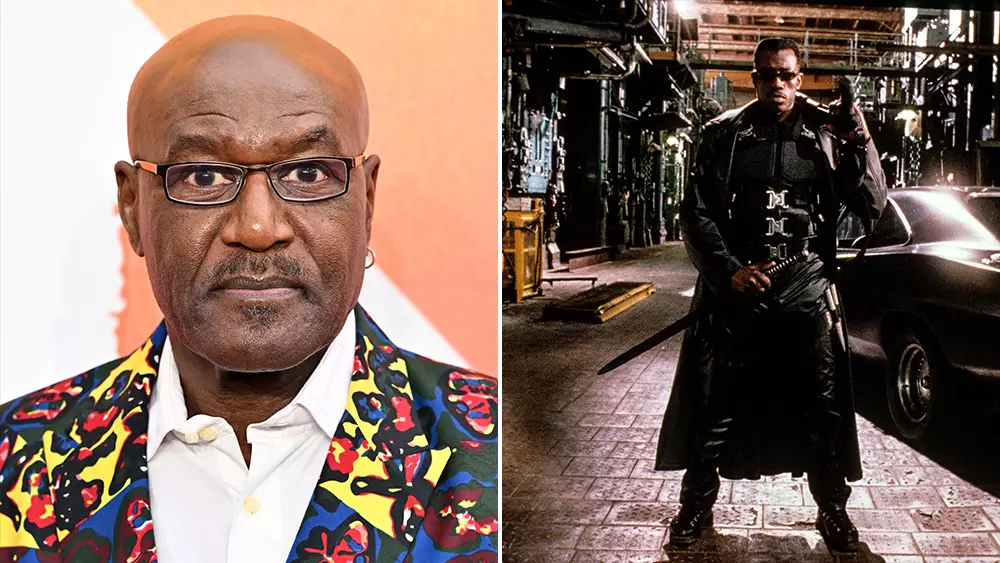The much-anticipated reboot of Marvel’s Blade has endured a tumultuous journey, evident from the words of Delroy Lindo, a pivotal figure who was once set to star in the film. Lindo’s insights illuminate both the creative aspirations and the subsequent chaos that led the project astray. Initially, the collaboration promised an inclusive approach that resonated with Lindo’s vision—a reimagining of the iconic half-vampire, half-human, set in a vibrant and culturally rich narrative. The anticipation surrounding such a unique take on Blade was immense; however, behind the scenes, it became clear that creative discord was brewing, disrupting these hopeful beginnings.
The Vision Versus Reality
From Lindo’s perspective, the potential of this Blade reboot was intoxicating. The actor described how producers actively engaged him in discussions, indicating a willingness to weave diverse perspectives into the storyline. His portrayal was intended to channel a “Marcus Garvey-esque” character who would lead a community, igniting dialogue about Black identity and empowerment. This conception offered not just a vampire flick but a narrative rich with cultural significance—a bold stride in a superhero realm often criticized for lack of depth. However, the excitement quickly waned, revealing that this ambitious vision eventually collided with the harsh realities of production pressures and conflicting creative visions. Lindo’s departure underscores a common tragedy in Hollywood: brilliant ideas too often falter when attempts to translate them into film format meet resistance.
The Impact of Industry Strikes and Changes
Marvel’s ambitious plans for Blade were further complicated by well-documented industry struggles, including the dual strikes that paralyzed many projects across Hollywood. Initially slated for a 2025 release, the film faced delays compounded by these labor actions and shifting creative personnel, including multiple directors exiting the project. The series of setbacks reflect a larger trend within the industry where even the most promising ventures risk derailment under complex external pressures. Such turbulence not only diminishes the excitement surrounding a film’s potential but also challenges the morale of creative teams struggling to maintain a cohesive vision amid chaos.
The Future: Is There Hope for Blade?
Despite the setbacks, there remains a glimmer of hope, chiefly emphasized by Marvel’s president, Kevin Feige, who maintains a commitment to Mahershala Ali’s interpretation of Blade. His reassurance suggests that while the road may be rocky, the desire to bring this unique character to life hasn’t waned. This commitment fuels speculation about a potential renaissance for the project, encouraging fans to envision a version of Blade that captures both its comic book roots and a culturally rich narrative affiliation. Nonetheless, whether the final product can live up to its ambitious origins remains a pressing question.
In the hands of visionary creatives, Blade could yet emerge as a landmark film, shining a light on underrepresented narratives in the superhero genre. However, this undertaking will require a united front, focused direction, and most importantly, a reconnection to the cultural themes that initially sparked excitement—elements that, for now, remain tantalizingly out of reach.


Leave a Reply